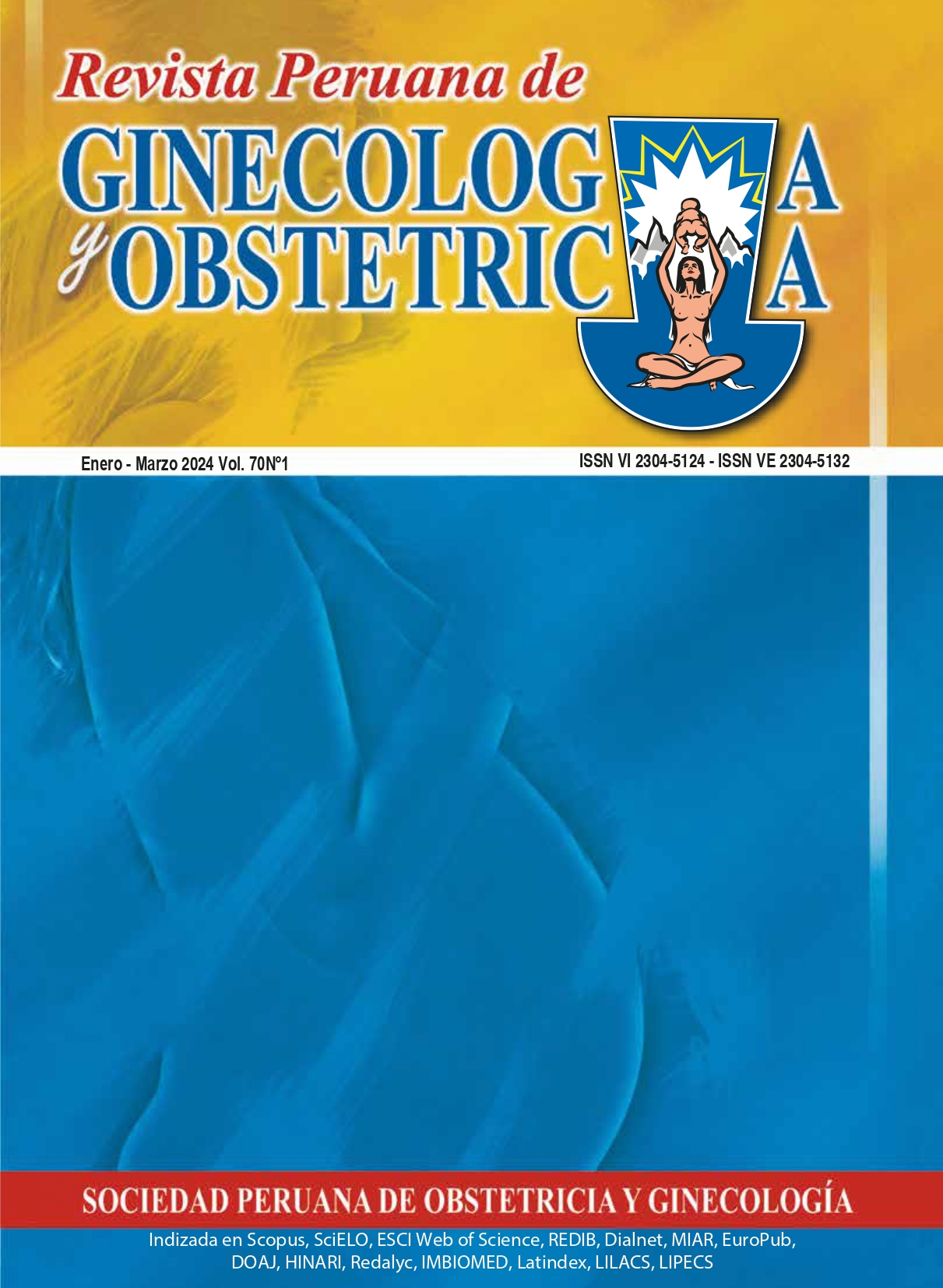Use of intrauterine shunts in fetal surgery
DOI:
https://doi.org/10.31403/rpgo.v70i2609Keywords:
Fetus, Ascites, Hydrothorax, Hydrops, Pleural effusion, Urethral obstruction, Shunt, Surgery, fetalAbstract
Since the 1960s, fetal medicine has evolved rapidly. Thanks to advances in technology
and the training of experts in this branch of medicine, it has become possible to
make more accurate diagnoses of fetal pathologies. Most of these pathologies can be
treated postnatally. However, in some cases prenatal intervention is required since
otherwise the pregnancy may culminate in fetal death or serious sequelae in the
newborn. Intrathoracic pathologies with mediastinal compression, aortic stenosis,
lower urinary obstruction, congenital diaphragmatic hernia, myelomeningocele,
lower urinary obstruction, intrauterine intravascular transfusion, fetus-fetal
transfusion syndrome and TRAP sequence, among others, are the fetal pathologies
susceptible to in-utero therapy. The present article refers to the use of intrauterine
shunts in fetal surgery.
Downloads
Downloads
Published
Versions
- 2024-04-04 (2)
- 2024-04-04 (1)
How to Cite
Issue
Section
License
Copyright (c) 2024 Jairo Muñoz Acosta, Leticia Lara Ávila, Enrique Gil Guevara

This work is licensed under a Creative Commons Attribution 4.0 International License.
Esta revista provee acceso libre inmediato a su contenido bajo el principio de que hacer disponible gratuitamente la investigación al publico, lo cual fomenta un mayor intercambio de conocimiento global.















